
Imagine the future; it is 2049, and some everyday essentials we have taken for granted are now scarce. From freshwater to medical isotopes, let us explore 15 things America might run out of in the next 25 years and why it is crucial to start thinking about these potential shortages now.
Fresh Water

Picture this: places like California are already having a tough time with droughts. As we look ahead, water is not going to become any less essential. We use it for practically everything. But with the climate getting weirder, more people moving into dry areas, and our old habits of using too much water, we are looking at some serious shortages.
Affordable Housing

Have you seen the house prices lately? They are sky-high! And rents aren’t far behind. As cities get packed, everyone is finding it harder to afford a place without breaking the bank. If we don’t figure out smarter ways to build and manage our housing, owning a home might become a pipe dream for many.
Skilled Labor
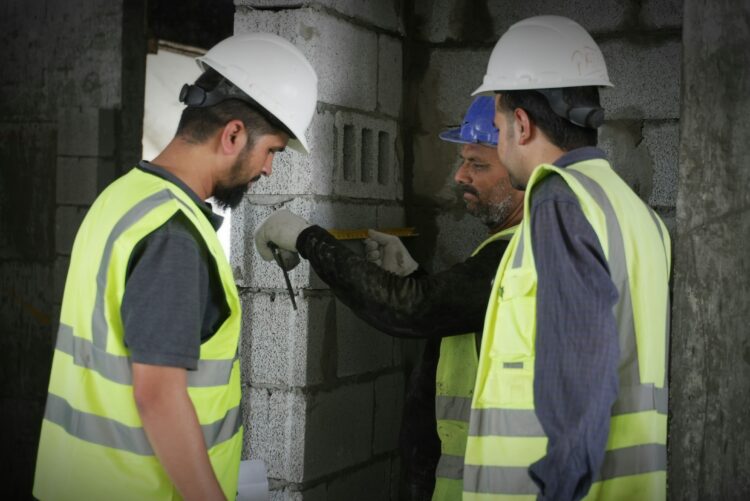
Here is something you might not think about much: a lot of skilled workers like plumbers, electricians, and nurses are retiring, and there are not enough young folks training to take their places. It is a big deal because it means we might not have enough people to do essential jobs.
Antibiotics
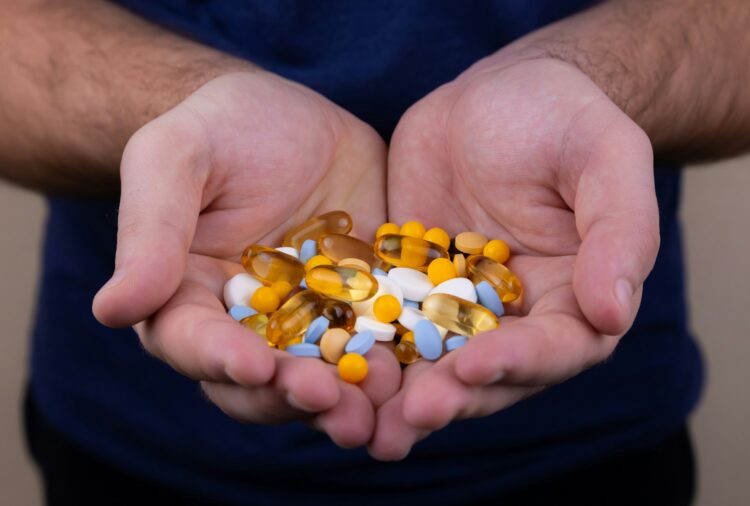
Antibiotics, the wonder drugs that we have relied on to fight infections for decades, are losing their power. Bacteria are getting smarter, figuring out how to beat the drugs we use. If we do not find new antibiotics or get super careful about how we use the ones we have, even a simple cut could turn deadly.
Bees

Bees pollinate a lot of the food we eat. Without them, we would have a hard time growing stuff like apples, almonds, and even the alfalfa that feeds cattle. But bees are in trouble, dying off because of chemicals we use on farms. We have to figure out how to keep them around, or our food supply could get hit hard.
Helium

Bet you did not think about helium, right? We use it for more than just filling party balloons. It is crucial in medical technologies, like MRI machines, and scientific research. The problem is that helium is a non-renewable resource, and we are using it up fast. We need to either find a substitute or start recycling and conserving what we have.
Sand
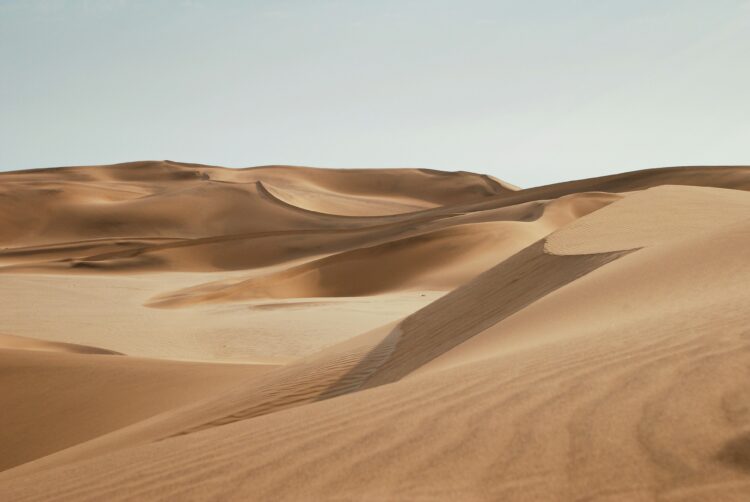
Sand might seem endless, but it is actually becoming scarce. We use tons of it for construction, like making concrete and asphalt. The type of sand that is perfect for building is not as plentiful as beach sand, and we are using it faster than it can be replenished. This could lead to a serious crunch in construction materials unless we find alternatives.
Fish
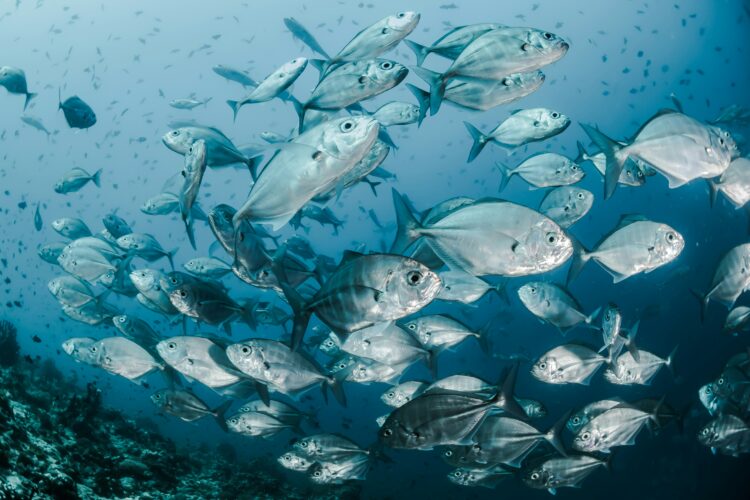
Love seafood? Well, we might be in for a bit of a shock. Overfishing is seriously depleting fish populations around the world, including in U.S. waters. If we do not get our act together with sustainable fishing practices, we might see some of our favorite fish disappear from menus and markets.
Fossil Fuels
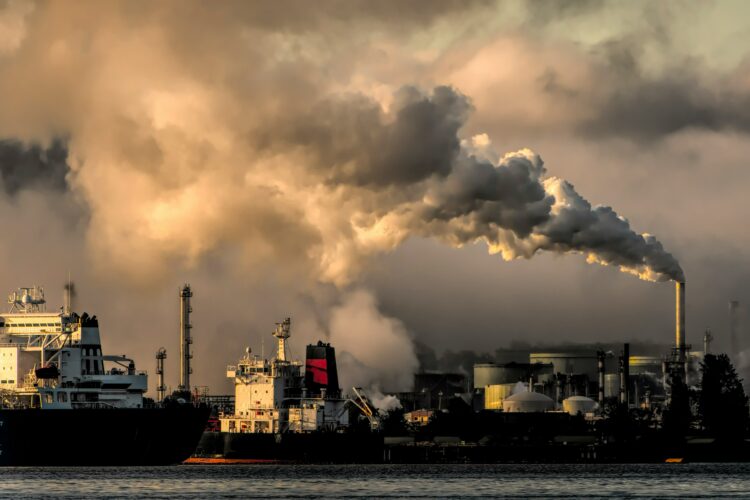
This one is a bit obvious but still super important. Oil, coal, and natural gas have powered a lot of innovation, but they are not just harmful to the environment; they are also finite. We are likely to see a significant decline in availability over the next 25 years, which could shake up everything from transport to homes.
Phosphorus
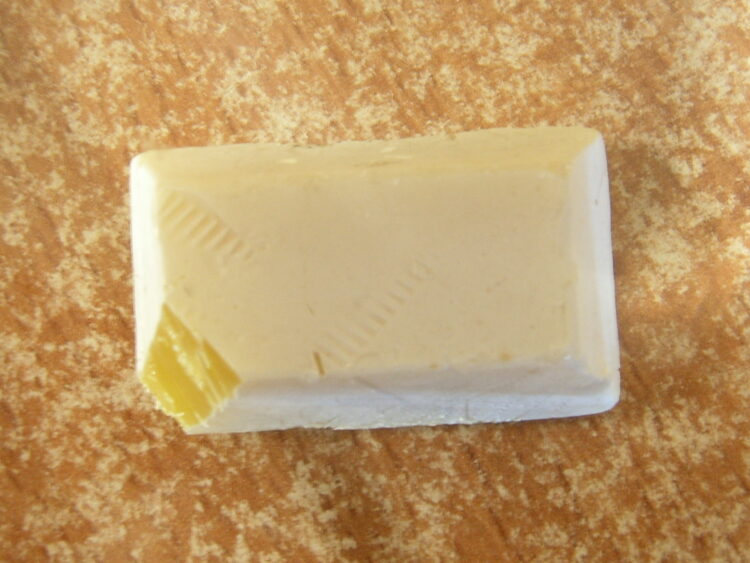
Phosphorus is a key component of fertilizer, and we need it to help grow food. But high-quality phosphorus is getting scarce, and without it, agriculture could take a hit. If we do not find new sources or better recycling methods, our ability to produce enough food could be affected, which is serious considering our growing global population.
Rare Earth Elements
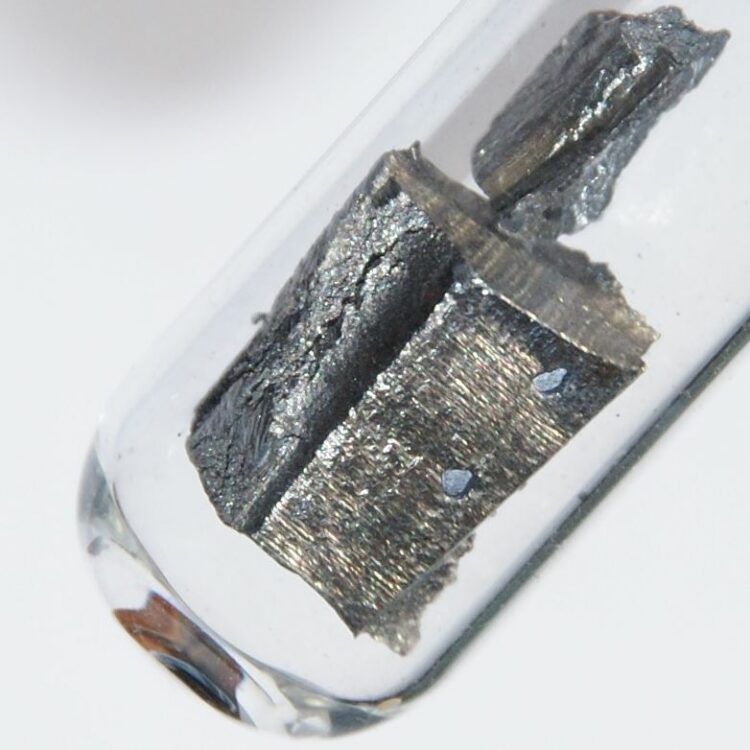
Rare earth elements like Neodymium, Lanthanum, Dysprosium, Yttrium, and others are critical for making many high-tech products. The U.S. relies a lot on imports of these materials, especially from countries like China. If international relations get tense or if we do not ramp up our own mining capabilities, we could face serious shortages.
Chocolate

Here is a bittersweet truth: chocolate could become a luxury item. Cocoa plants are finicky; they can only grow in very specific climates near the equator. With climate change, many of the areas currently suitable for growing cocoa could become unsuitable within the next few decades. Diseases and pests also pose significant threats to cocoa crops.
Medical Isotopes
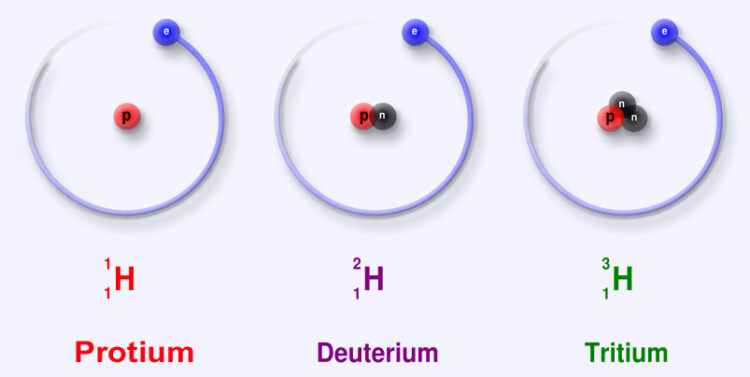
These are used in diagnostic imaging and in treating certain types of cancer. Most medical isotopes are not stored; they are used soon after being produced due to their short, radioactive half-lives. The facilities that produce these isotopes are few, and many are aging or underfunded. If we do not update these facilities or build new ones, there might be a shortage, which would affect millions of people.
Soil

Yep, even the dirt beneath our feet is at risk. We need healthy and nutritious soil to grow the food we consume. But soil degradation, thanks to overuse, pollution, and poor farming practices, is a growing problem. If we lose too much healthy soil, we could struggle to grow enough food to keep up with demand.
Space in Landfills

The U.S. produces a staggering amount of waste, and much of it ends up in landfills. As we continue to consume and throw away, we are running out of places to put all that trash. Some cities are already feeling the squeeze. If we do not get serious about reducing, reusing, and recycling, we could find ourselves with a real mess on our hands.

Comments
Loading…